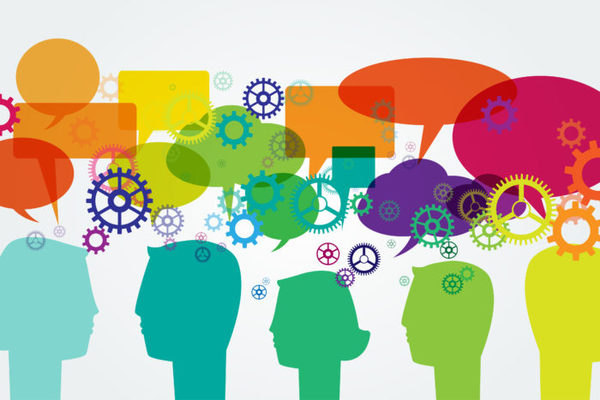 NO HATE in our lives - Breaking free from stereotyping and discrimination
NO HATE in our lives - Breaking free from stereotyping and discrimination
1. INTRODUCTION
2. STEREOTYPES
3. REFUGEES & MIGRATION
4. GENDER
5. RELIGIONS
6. NO HATE SPEECH - BULLYING
7. CIVIL ASSOCIATION
8. SHORT FILMS
The ERASMUS+ project “No Stereotype But Diversity” is a long-term project aiming at combating with discrimination and promote the tolerance and intercultural dialogue for teachers aiming to equip them with knowledge and skills on how to tackle the topic of “No Stereotype” with young people through non-formal education.
You can find about activities and interactive games in the KNOW-HOW to acquire with pupils beneficial and useful knowledge learn to respect others and their creations, learn to think out of the box and speak correctly. Good work!
THE PARTNER SHOOLS
KNOW-HOW
NO HATE in our lives -Breaking free from stereotyping and discrimination
Collection of interactive games and activities to raise awareness about the dangers and unfairness of stereotypes and discriminating behaviour
Introduction
The Charter of Fundamental Rights of the European Union emphasises the “indivisible, universal values of human dignity, freedom, equality and solidarity” and prohibits discrimination “based on any ground such as sex, race, colour, ethnic or social origin, genetic features, language, religion or belief, political or any other opinion, membership of a national minority, property, birth, disability, age or sexual orientation”.
Respecting human rights in a diverse, tolerant and multicultural Europe is not only essential for the protection of minorities. It gives the very essence of social cohesion and healthy democracy. Intolerance threatens the social cohesion of democratic societies. It reflects the extent to which we respect or reject social, ethnic, cultural and religious minorities. It marks out those who are “strange”, “other” or “outsiders”, who are not equal, less worthy. The most visible expression of intolerance and discrimination is prejudice. Indicators of intolerance such as prejudice, anti-democratic attitudes and the prevalence of discrimination consequently represent sensitive measures of social cohesion.
Unfortunately though, humankind is still trapped in the mindset of putting labels on people, in accordance with their origin, religious beliefs, gender, disability. Stereotyping in itself is harmless on the surface, but it brings about another problem, that of prejudice and discrimination. When this happens, the consequences on the human being and the community can be devastating and difficult to repair. We believe that things will not change overnight, but small initiatives put together can raise awareness about the disastrous impact of discrimination on society, community cohesion and relationships between individuals.
It is easy to be democratic and tolerant in a perfect world everybody is sitting back and enjoying his comfort zone, but what happens when a million refugees invade your country and beg for help? And there are many more millions from where they come. So here we are with several thought provoking presentation of methodology which can trigger conversations on this burning issue as well, describing the moral dilemmas created by the ongoing crises.
Intolerance and “hate” have been a feature of human society almost since time began. A number of studies have identified an increase in these attitudes over recent years. The problem is that if there is less tolerance of differences, and if the constraints on that intolerance are not watched, then intolerance – and hate – will find expression, both in the things that people do and in the things, they say.
The aim of the activity is to create a school community culture in which hate speech is unacceptable. Students learn the definition of hate speech and understand how it affects individuals, groups and communities. They learn to recognize hate speech by reading an article or by analyzing a video.Then they explore school wide problems, how hate speech results in classrooms. They can make an initial survey about the behaviours or speeches that include hate. The subject can be discussed in classrooms or in the students council. And they can improve solutions for addressing hate speech by role playing or creating guidelines all around the school or through social media. The impact can be found out by using surveys all around the school by the students council. The issues that will be addressed by competences developed are:
> Decrease the level of aggression and intolerance through civil society organisations;
> Perception of phenomena of prejudice and its influence on young people's lives;
> Combat hate speech and hate behaviour inside schools;
> Increasing social awareness, tolerance, empathy for the immigrants and refugees;
> Destroying stereotypes and raise awareness about the risks they cause;
> Work on subjective opinion, memory and bias;
> Promoting the intercultural dialogue;
> Human rights;
> Build the relationship between schools and local NGOs who are addressing the same issues.
PROJECT WEB PAGES
The European Commission support for the production of this publication does not constitute an endorsement of the contents which reflects the views only of the authors, and the Commission cannot be held responsible for any use which may be made of the information contained therein.